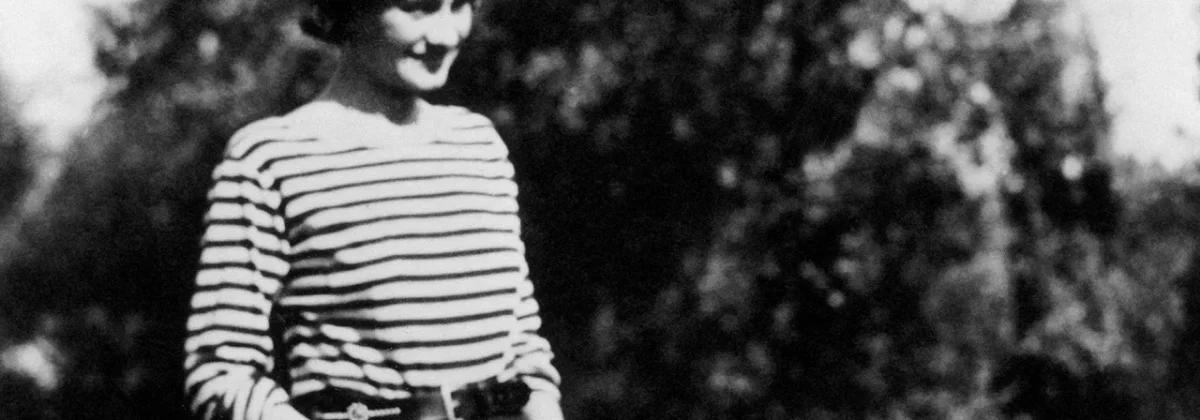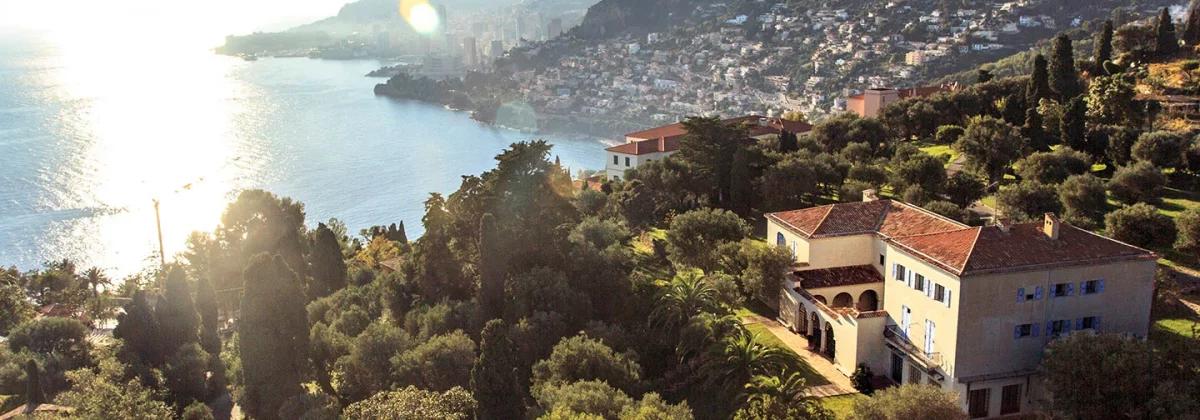Gabrielle Coco Chanel was one of the 20th century’s most influential couturiers. She was a rebel and a pioneer of the fashion world all at once, creating a new sartorial style that freed women from traditional clothing like corsets and lace frills by offering them fashion influenced by infusing women’s and menswear together.
The designer wanted women to be comfortable in what they wore so they were able to breathe and move in their clothes, just like men were able to. Her innovative ideas and skills were turned into an incredibly iconic and successful business that transformed women’s fashion forever. Gabrielle did many things differently and that’s why she had a major influence on women’s rights as she encouraged women to become confident and find happiness on their own terms. She even cut her hair short, which was a hairstyle limited to men at the time. “Nothing is more beautiful than freedom of the own body” she once quoted. Her work was, in many ways, a form of female emancipation.
Coco Chanel fell in love with the French Riviera, holidaying there many a times with her friends and she later eventually made it her home. Coco’s influence on style on the French Riviera was and still is legendary in the modern world today.
In 1918, she was spotted on the beach in the infamous resort of Juan-les-Pins wearing a loose shirt and flowing trousers. The guru was accused of wearing men’s pyjamas in public and was refused entry into the local casino. The owner famously told Coco she was “living proof that one must not be merely dressed, but well dressed”. Not to be deterred by this comment, Coco carried on wearing what she deemed as comfortable and elegant. By the mid 1920’s ‘beach pyjamas’ became an elite fashion favourite and in 1931 Vogue featured ‘suits for the beach’ as the must wear trend when holidaying in the chic and relaxed coastal resort of Juan les Pins nicknamed ‘pyjama land’. Beach pyjamas became trendy in the rest of Europe until eventually, at the end of the 1930’s, Coco Chanel took the taboo swimsuit and suntan and made it the new fashionable beach attire.
Fast forward to 1925, she designed a series of jersey knit one-piece swimsuits called Maillots for the Segei Diaghilev’s Parisian ballet, Le Train Bleau, which was named after the train that took jetsetters to the Riviera for their holidays. The ballet included set designs by Picasso and music by Cocteau, reflecting a French sensibility that melded the arts and fashion. Chanel and sportswear designer Jean Patou began selling maillots in Parisian boutiques. The jet set St. Tropez crowd could not get enough. Hollywood stars such as Joan Crawford and Gloria Swanson, were early followers of this new look. Maillots were not restricted to the beach but were worn under caftans in the evening out on the town.
It wasn’t only fashion that Chanel defined! At the start of the 20th century, pale skin was in. However, in 1923, Chanel made the controversial suntan a covetable fashion accessory when she accidentally got sunburned while on a cruise on the French Riviera. On her return to Paris, her peers greatly admired her dark glow and quickly followed suit. The tan became a sign of wealth and beauty, a trend that has had lasting effects.
Even Coco Chanel’s iconic logo entwining Cs are allegedly influenced by the Riviera. In the 1920s, the wealthy American Irène Bretz owned the Negresco and bought the centuries old Château de Crémat nestled in the Bellet Vineyard and hills overlooking Nice. Bretz held famous parties in which Gabrielle Chanel was one of the guests. Legend has it that Coco saw the 2 black Cs intertwined above the entranceway of the Chateau and instantly knew she had found her monogram. Standing for Chateau and Cremat she allegedly asked the owner if she could use them for her brand.
Villa La Pausa in Roquebrune-Cap-Martin: the most stylish home in the south
In 1929, Chanel’s lover Hugh Grosvenor, second Duke of Westminster, decided to build her a villa on the coast she loved so dearly. Villa La Pausa was the result. It stands in prime position on Roquebrune-Cap-Martin, between the irresistible buzz of Monte Carlo and the gentle charm of Menton. The Côte d’Azur has always been a magnet for artists and painters like Stravinsky, Picasso, Jean Cocteau and Luchino Visconti. Chanel welcomed these artists to her beautiful home alongside, musicians and writers. Her aesthetic vision and the landscaping of the gardens at La Pausa still inspire the look and feel of other mansion homes in the region. Chanel’s style and spirit lives on here in the south of France, complementing the natural beauty of the region.
At Stay YNA, we have an exclusive spa collection of properties in the beautiful ‘Parc du Cap’ complex. Our ‘Cap de Chanel’ captures the quintessential elegance of Chanel. With two swimming pools (inside&outside) a gym, sauna, jacuzzi, ice-room, Turkish sauna, spa , tennis court, sunbathing decks, and communal gardens, this complex is opulence at its finest. be warned, some were so enchanted they became residents, leaving their stamp on the history and culture of the cape. Indeed, the risk of falling for the radiant light, the scented sea breezes, the unparalleled glamour and romance of this area is extremely high.
Written by Dominika Suchomlinow

